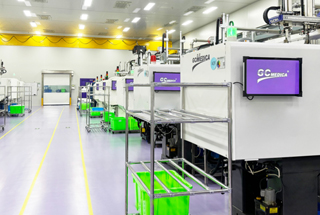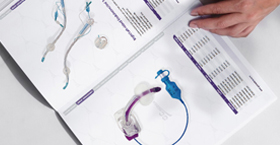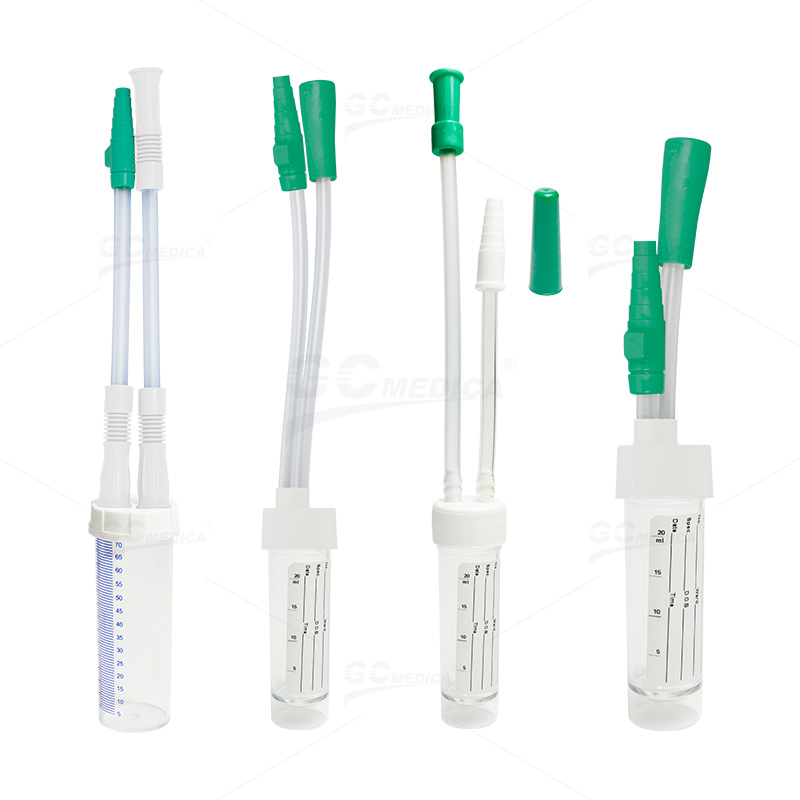In medical diagnostics, collecting accurate samples is essential for effective patient care. A mucus specimen trap is a specialized device designed to capture mucus from the respiratory tract for laboratory analysis. This in-depth review explores the different types of mucus specimen traps and their clinical applications, helping healthcare professionals make informed decisions.
| |
| Mucus Specimen Trap 25ml/70ml | |
Types of Mucus Specimen Traps
1. Disposable Traps
Disposable mucus specimen traps are made from medical-grade plastics, ensuring sterility and convenience. These traps are designed for single-use applications to minimize contamination risks and are ideal for high-throughput environments where rapid turnover is necessary.
2. Reusable Traps
Reusable traps are constructed from durable, easy-to-clean materials. Although they require thorough sterilization between uses, these devices offer long-term cost savings and are suited for facilities with rigorous decontamination protocols.
3. Integrated Collection Systems
Some mucus specimen traps are part of larger integrated collection systems. These systems include connected tubing and collection containers, streamlining the sample collection process and improving the efficiency of diagnostics in busy clinical settings.
4. Specialized Traps for Pediatric Use
While primarily designed for adults, specialized mucus specimen traps have been developed for pediatric patients. These models feature smaller collection volumes and soft, flexible materials that are gentle on delicate mucosal surfaces.
Clinical Applications and Benefits
Accurate Diagnosis
Mucus specimen traps enable the collection of samples with minimal contamination. The design of these devices helps preserve the integrity of the mucus, ensuring that laboratory analysis yields accurate results for conditions such as respiratory infections, chronic bronchitis, and other pulmonary disorders.
Enhanced Patient Comfort
The design of modern mucus specimen traps prioritizes patient comfort. Features such as smooth internal surfaces and ergonomically designed collection ports minimize discomfort during sample collection, making the process less invasive and more tolerable for patients.
Efficiency in Sample Collection
By providing a controlled and reliable method of collecting mucus, these traps enhance the efficiency of diagnostic procedures. Integrated systems reduce the need for multiple steps, allowing healthcare professionals to collect, store, and transport samples quickly to the laboratory.
Cost-Effectiveness
The choice between disposable and reusable mucus specimen traps depends on the volume of procedures performed and budgetary constraints. Disposable models reduce cleaning and maintenance costs, while reusable options, when sterilized effectively, offer a sustainable and economical choice over time.
How to Choose the Right Mucus Specimen Trap
When selecting a mucus specimen trap, consider the following factors:
Clinical Setting: Determine whether the trap is intended for a high-volume clinical environment or a specialized setting.
Patient Demographics: Choose models that match the patient population, including specific designs for pediatric use if necessary.
Cost and Budget: Evaluate the trade-off between disposable convenience and the long-term savings from reusable devices.
Ease of Use: Select a device that integrates well with existing sample collection protocols and that requires minimal training for healthcare staff.
Conclusion
A mucus specimen trap is a vital instrument in the diagnostic process, contributing to accurate laboratory results and improved patient outcomes. By understanding the various types available and considering key factors such as cost, clinical setting, and ease of use, healthcare professionals can select the optimal device for their needs. Making an informed choice not only enhances diagnostic accuracy but also contributes to a smoother, more efficient workflow in medical settings.


 Français
Français Español
Español Products
Products

 About Us
About Us














